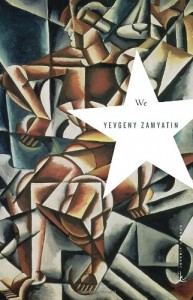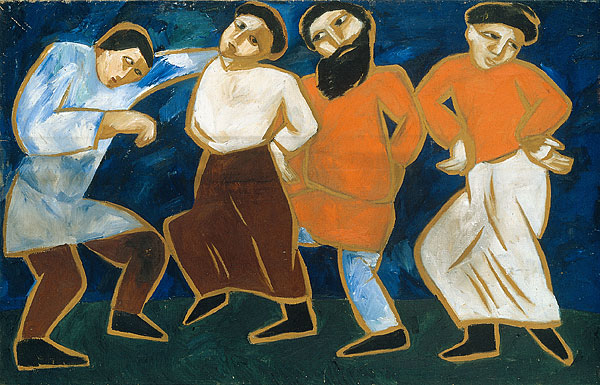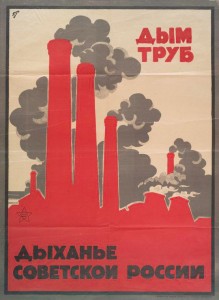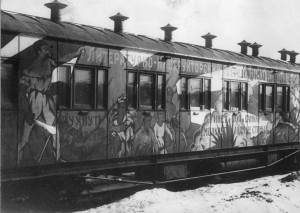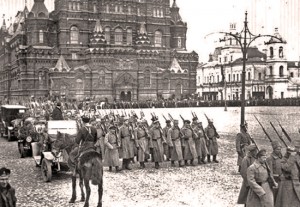Yevgeny Zamyatin’s science fiction dystopian novel, We, tells the story of the character D-503 in his futuristic world, the One State, where everyone runs on the same clock, where one needs permission to close the blinds in their otherwise glass rooms, where there is one God-like ruler, the Benefactor, who ironically is “elected” every year without competition. D-503’s life as an engineer and mathematician is perfectly controlled and rational, as this regime believes true happiness comes with total control and that individual freedom brings forth chaos, until the disruptive force of love and emotions compel his world upside down.
Zamyatin creates a futuristic world that feels very real but still retains its satirical message of the truths of collectivization. D-503’s characters exemplifies both these aspects given the change that develops within him throughout the book and his realistic portrayal. The reader is first introduced to this straight-laced “cipher” who is perfectly content with his structured lifestyle. But then he meets a woman who is different and he can’t stop thinking of her. He hates her, but he wants to be with her, which leads him to conclude that this is a type of sickness. The more time he spends with her, the more he feels a constant pain; he dreams for the first time and starts to question his motives. He’s taken to a doctor who tells him he’s developed a soul, which D-503 cannot comprehend since he’s not completely familiar with the word. ((Zamyatin, Yevgeny. We. New York: Modern Library, 2006. P. 79))
His transformation into realizing his true feelings and positions is something nearly everyone can understand, so as a reader we see him struggle with his position in society like we all do. But as readers aware of the general failure of communism in practice, we recognize the world he lives in is completely different than our own. It’s difficult to understand how he feels as if the Guardians are “helping” when we see it as a mental conditioning. Zamyatin saw this type of communal living as a potential negative thing as the revolution and civil war was happening – in 1920 – and thus his goal of We could be to make readers question our own society and what we would do to achieve happiness, order, or freedom.
How does D-503’s development differ from that of other characters?
What is Zamyatin’s purpose by writing to the reader as if we are an alien species unaware of the past?
Picture from www.gradesaver.com/we

